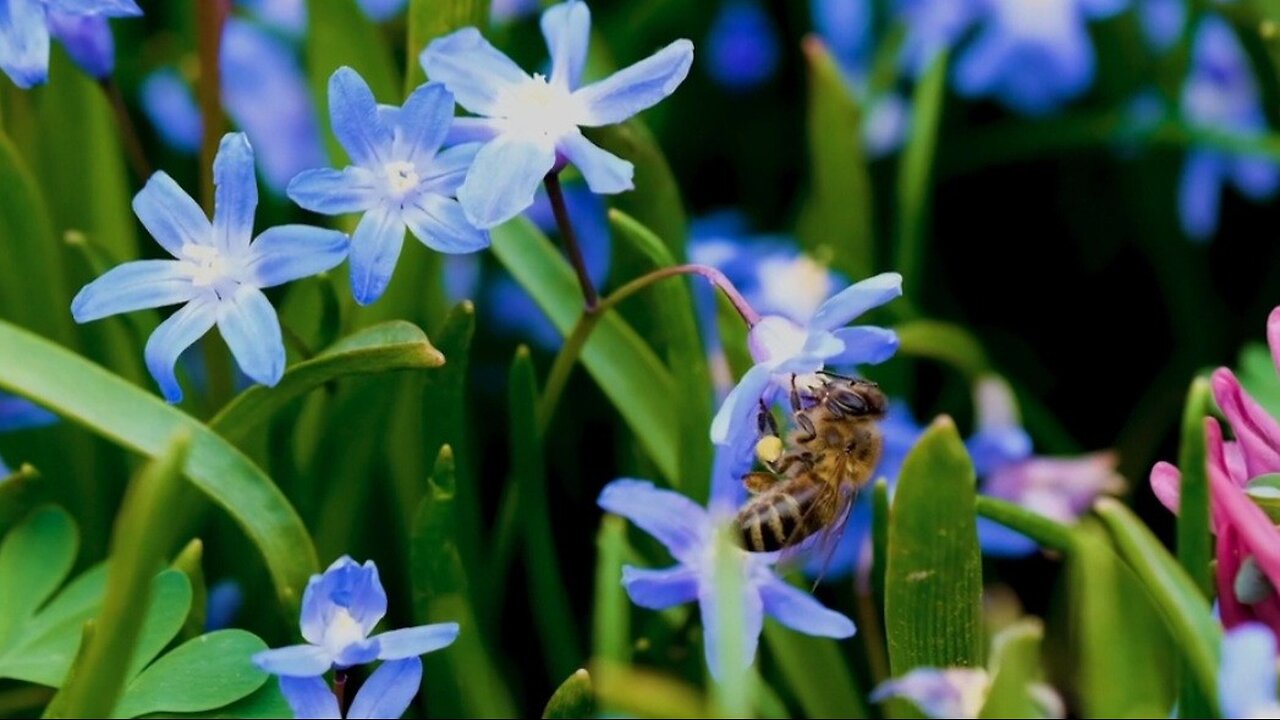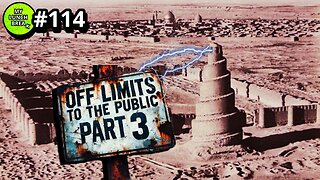Premium Only Content

"The Fascinating World of Flowers: Nature’s Colorful Architects"
Flowers, scientifically known as angiosperms, are the reproductive structures of flowering plants, crucial for sexual reproduction. Their purpose is to facilitate fertilization through pollination, leading to the development of seeds and fruit. Each flower is composed of various parts, each serving a specific function:
1. Petals: Often the most eye-catching part, petals vary in color, shape, and size to attract pollinators like bees, birds, butterflies, and even bats. Some flowers also produce scent and nectar, further drawing in pollinators.
2. Sepals: These are typically green and leaf-like, located beneath the petals. They form the protective layer around the flower bud before it opens, ensuring the developing reproductive parts are safe from environmental harm.
3. Stamen: The male reproductive part consists of the filament and the anther. The anther produces pollen, which contains the male gametes necessary for fertilization.
4. Pistil: The female reproductive part includes the stigma, style, and ovary. The stigma, often sticky, captures pollen. The style connects the stigma to the ovary, where fertilization occurs. Once pollinated, the ovules within the ovary develop into seeds.
Flower Types
Complete flowers: Have all four main parts—petals, sepals, stamens, and pistils.
Incomplete flowers: Lack one or more of these parts.
Perfect flowers: Contain both male and female reproductive organs.
Imperfect flowers: Have only one type of reproductive organ, either male or female.
Pollination
Flowers depend on various methods for pollination, the process where pollen from the male stamen is transferred to the female stigma. This can happen through:
Biotic pollination: Involving animals, especially insects, birds, and mammals.
Abiotic pollination: Involving non-living elements like wind or water.
Importance of Flowers
Ecological Role: Flowers support biodiversity by feeding pollinators and maintaining ecosystems.
Cultural Significance: They symbolize various human emotions, from love (roses) to peace (lotus). Flowers are also used in rituals, decorations, and medicinal practices.
Economic Value: Many crops, such as fruits, vegetables, and spices, rely on the successful pollination of flowers. The cut-flower industry is also a significant global market.
In conclusion, flowers are not only vital to plant reproduction but also hold a unique place in human culture and the environment, providing aesthetic beauty, ecological balance, and agricultural benefits.
-
 LIVE
LIVE
DLDAfterDark
2 hours ago $2.32 earnedDLD Live! SHTF Handguns! Which Would You Choose?
578 watching -
 1:50:38
1:50:38
Mally_Mouse
4 hours agoSaturday Shenanigans!! - Let's Play: Mario Party Jamboree
26.1K -
 1:13:00
1:13:00
Patriots With Grit
8 hours agoWill Americans Rise Up? | Jeff Calhoun
20.3K10 -
 14:55
14:55
Exploring With Nug
8 hours ago $8.20 earnedWe Found Semi Truck Containers While Searching for Missing Man!
40.4K7 -
 27:57
27:57
MYLUNCHBREAK CHANNEL PAGE
16 hours agoOff Limits to the Public - Pt 3
74.8K57 -
 38:07
38:07
Michael Franzese
9 hours agoLeaving Organized Crime and Uncovering Mob in Politics: Tudor Dixon and Michael Franzese
70.1K14 -
 2:42:54
2:42:54
Jewels Jones Live ®
2 days agoAMERICA IS BACK | A Political Rendezvous - Ep. 111
58.9K46 -
 8:47:33
8:47:33
Due Dissidence
1 day agoLIVE: Workers Strike Back Conference ft. Chris Hedges, Jill Stein, Kshama Sawant, and More!
102K56 -
 8:36:37
8:36:37
Right Side Broadcasting Network
5 days agoLIVE REPLAY: CPAC 2025 Day Three with President Donald J. Trump - 2/22/25
433K96 -
 1:05:34
1:05:34
The Big Mig™
17 hours agoConfirmed Kash Patel New FBI Director, Bring On The Pain |EP483
102K28